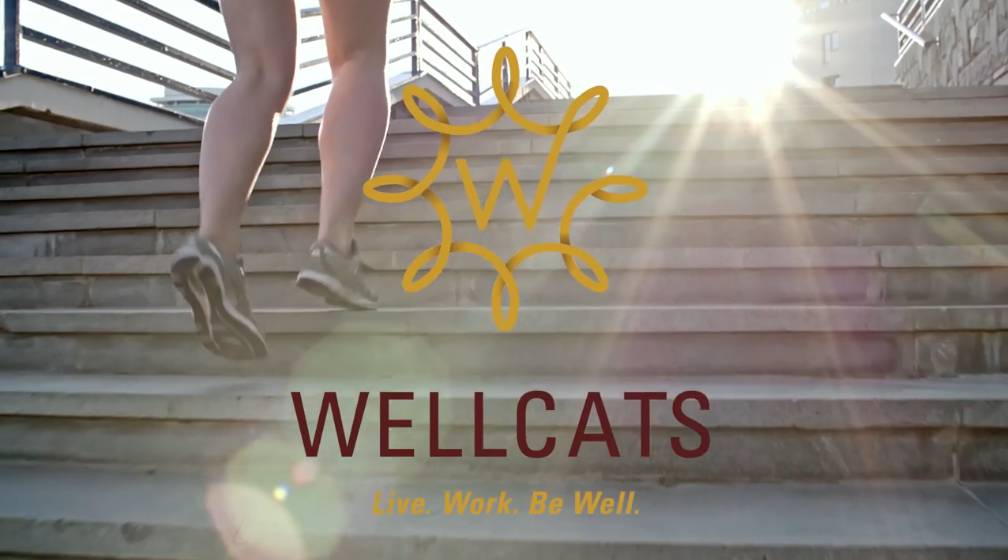A quick look at WellCats’ mission, vision, and how we support your wellness journey.
About WellCats
Our Mission
WellCats is a nationally recognized, evidence-based employee wellness program at Texas State University, designed to inspire faculty, staff, and students to enhance their well-being across teaching and learning, research, and service.
Our goal is to foster a worksite culture where the healthy choice is the easy choice, by providing services that target all 8 Dimensions of Wellness.

-
Environmental

Environmental Wellness is striving to live in harmony with the planet by minimizing the use of harmful chemicals and consciously reducing our environmental footprint. This includes actively recycling, reusing, and repurposing materials to prevent waste and lessen our impact on the natural world.
-
Financial

Financial Wellness is the ability to manage financial stress by developing a clear plan with realistic and relevant goals.
-
Intellectual

Intellectual Wellness involves fostering an open mind and curiosity about the world through academic pursuits, engaging in hobbies, appreciating the arts, and participating in meaningful, thought-provoking conversations with others.
-
Nutritional

Nutritional Wellness involves adopting a healthy eating pattern that emphasizes a variety of whole, minimally processed foods, including abundant fruits, vegetables, and whole grains, alongside regular physical activity to support maintaining a healthy weight.
-
Occupational

Occupational Wellness is about finding purpose and fulfillment in the workplace, managing stress effectively, building and maintaining positive relationships with colleagues, and feeling energized by the meaningful contributions we make.
-
Physical

Physical Wellness involves adopting healthy habits, such as regular exercise and adequate sleep, while avoiding harmful behaviors such as smoking and poor dietary choices.
-
Social and Emotional

Social and Emotional Wellness involves cultivating rich and meaningful connections, building a strong support network, and developing self-awareness to navigate life's challenges with resilience and a positive outlook.
-
Spiritual

Spiritual Wellness is finding a sense of meaning and purpose in your life by exploring and balancing the five layers of self-discovery: the physical body, the energy body, the emotional body, the wisdom body, and the bliss body.
-
Annual Reports
-
Grants
- Burke, T., & Burns, M. Building a Culture of Health at Work: Assessing and Fostering Supervisor Support. Research Enhancement Grant funded by Texas State University 12/2017 — Awarded $16,000
- Dailey, S., & Burke, T. “Pumping up” Survey Research: Boosting Participation in Texas State University’s Total Wellness Program. Research Enhancement Grant funded by Texas State University 12/2015 — Awarded $16,000
-
Research Articles
- 2017 | For Better or for Work: Dual Discourses in a Workplace Wellness Program
- Jan 2017 | Let's Work Out: Communication in Workplace Wellness Programs
- Sept 2017 | The Health Care Provider's Role in Supporting Positive Health Behavior Change: Developing an Effective and Supportive Communication Approach
- Nov 2017 | Genesis of an Employee Wellness Program at a Large University
- 2018 | Influences on Catered Event Ordering in a University Workplace: Development and Validation of the Understanding Food Ordering Survey
- Apr 22, 2018 | Effect of Group Health Behavior Change Coaching on Psychosocial Constructs Associated with Physical Activity Among University Employees
- May 3, 2023 | Employee Culture of Health Perceptions and the Development of a Training Intervention
